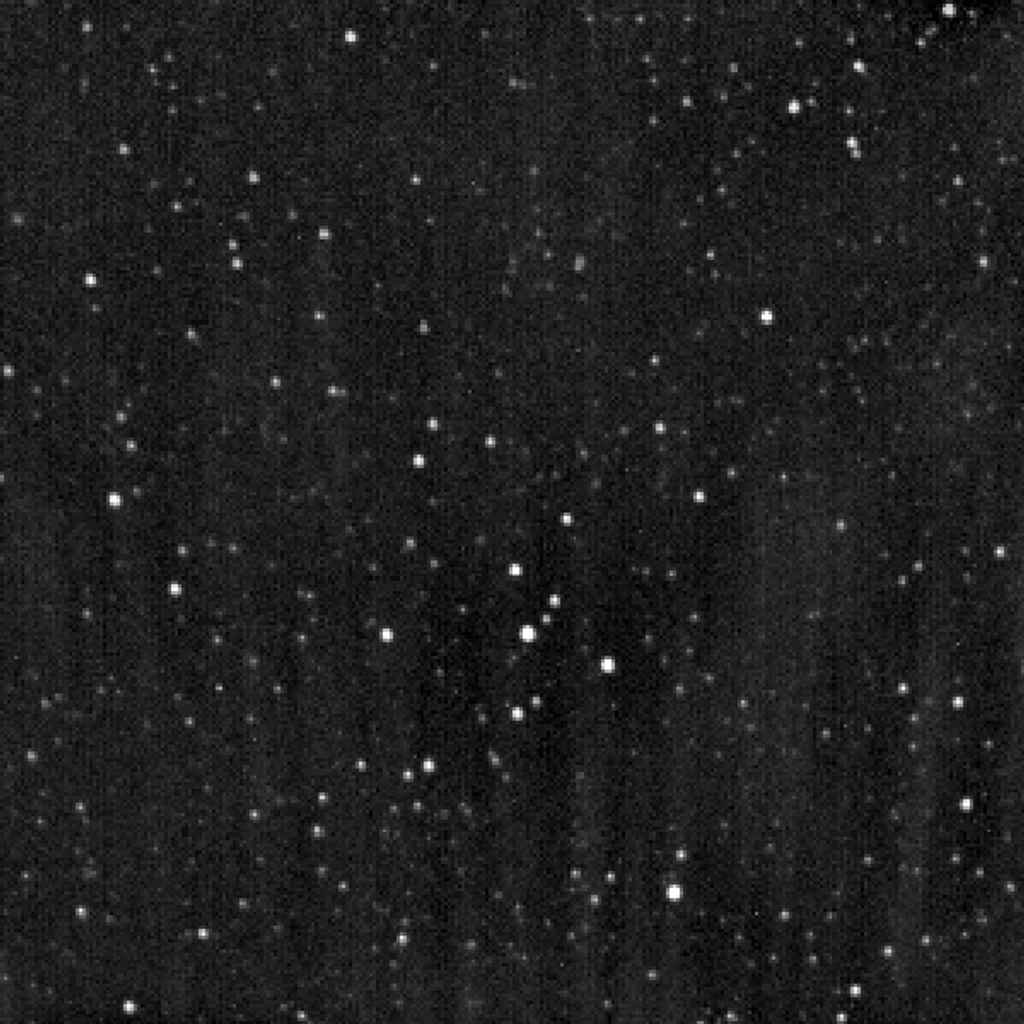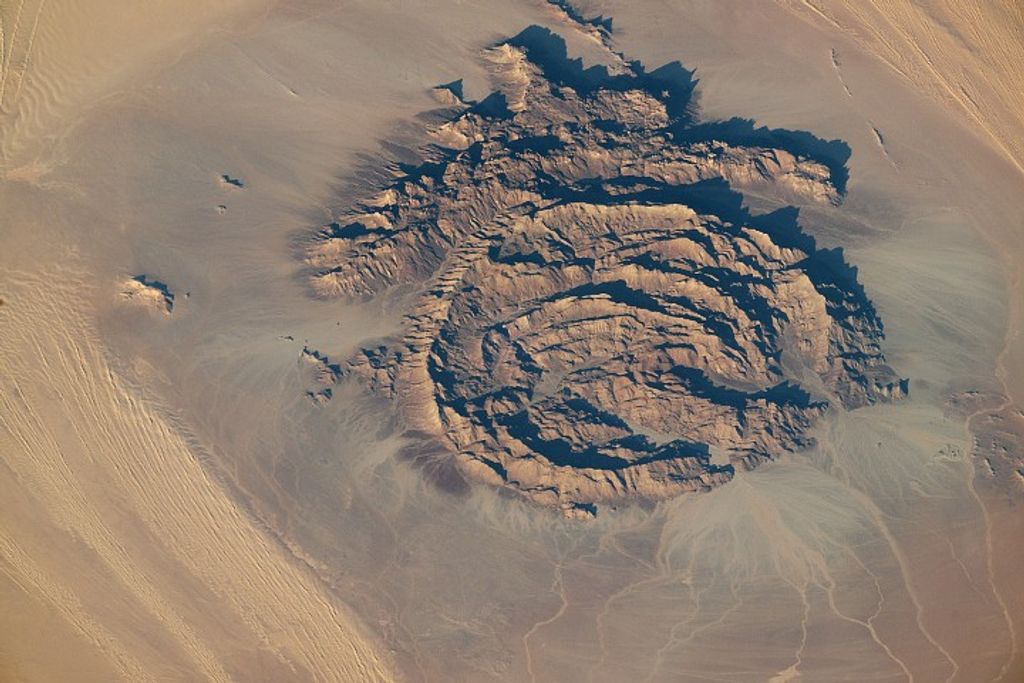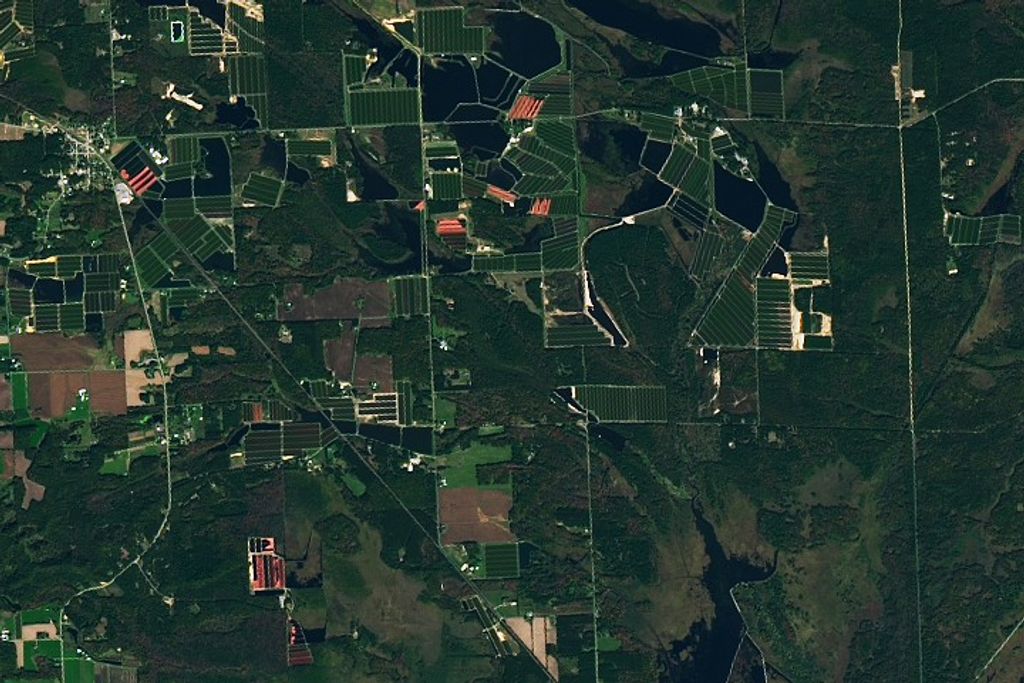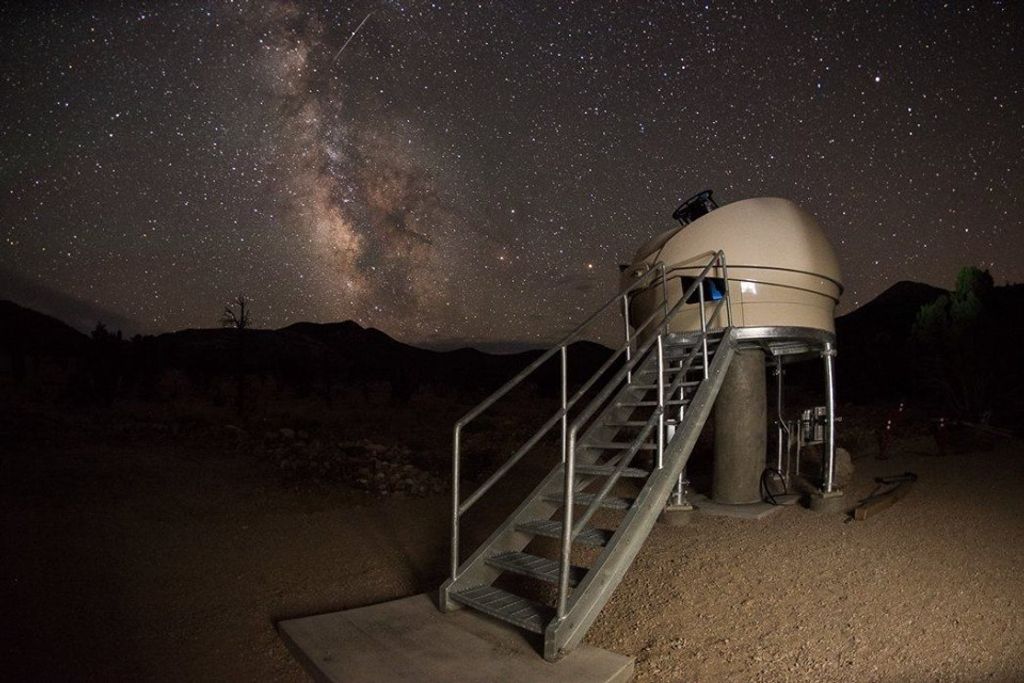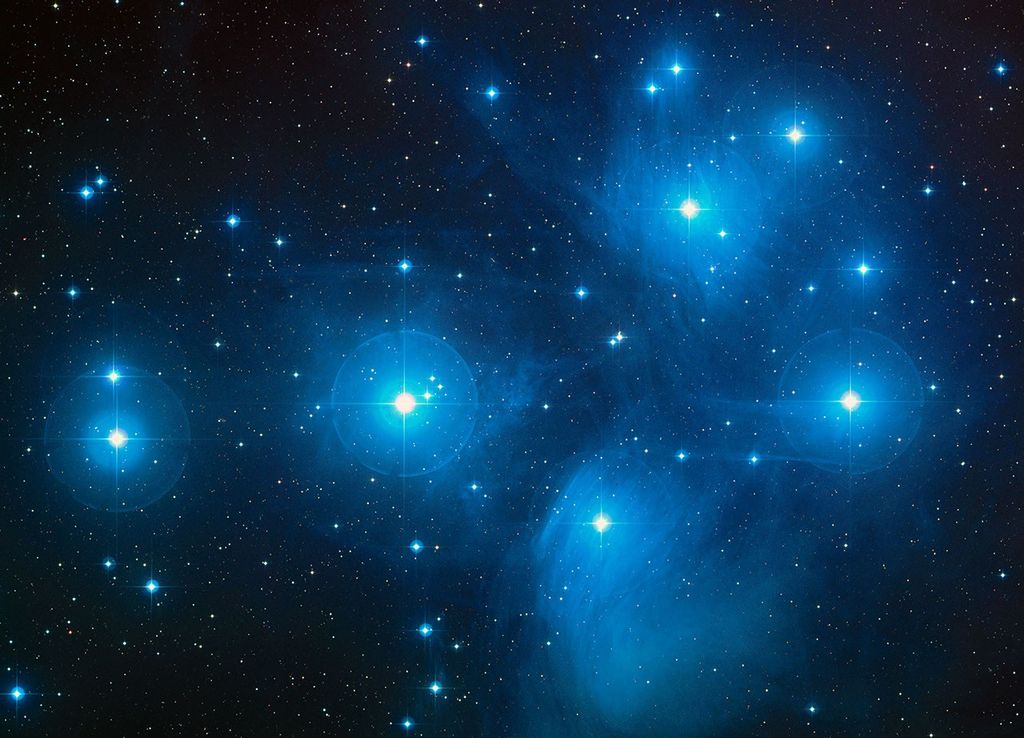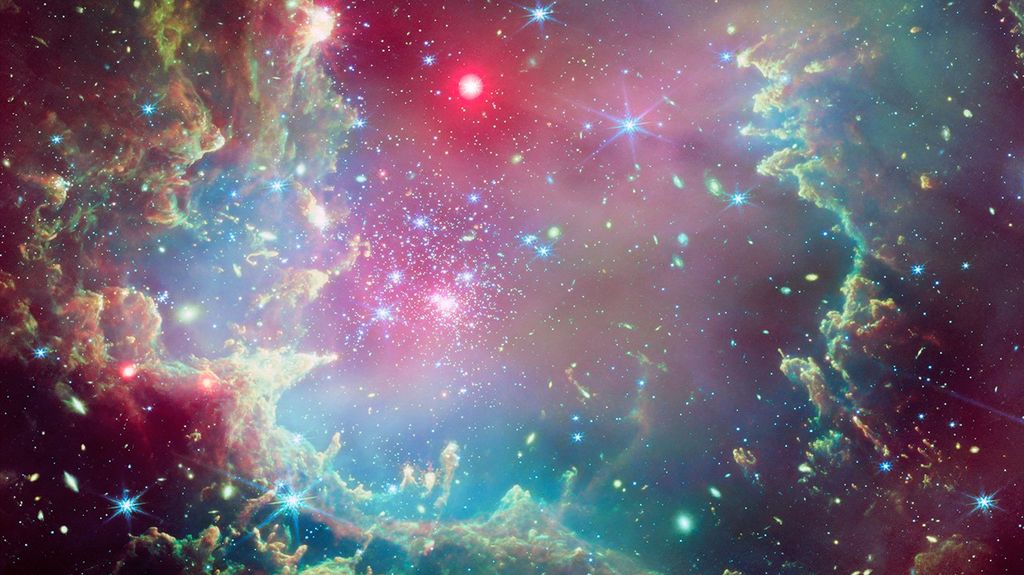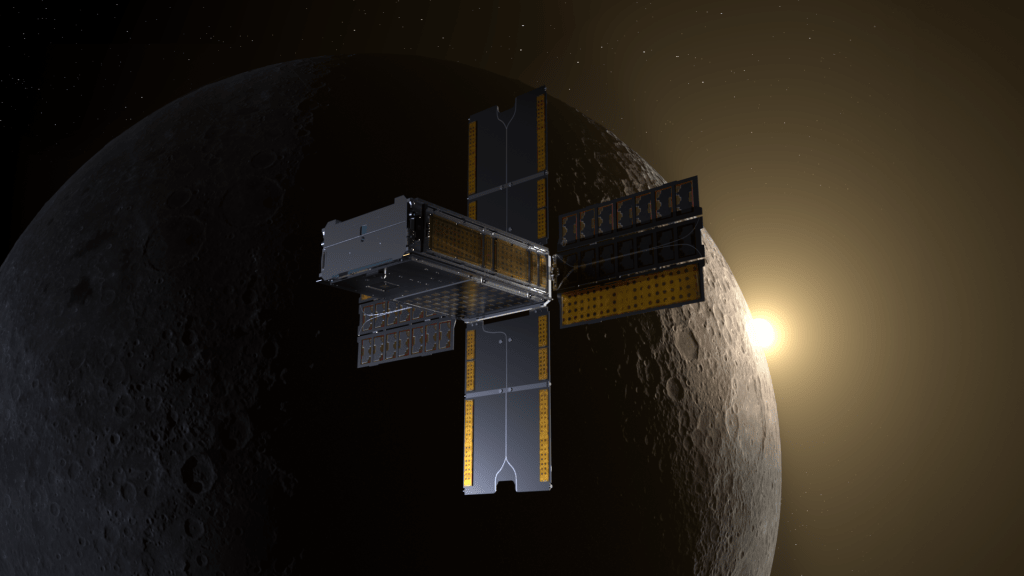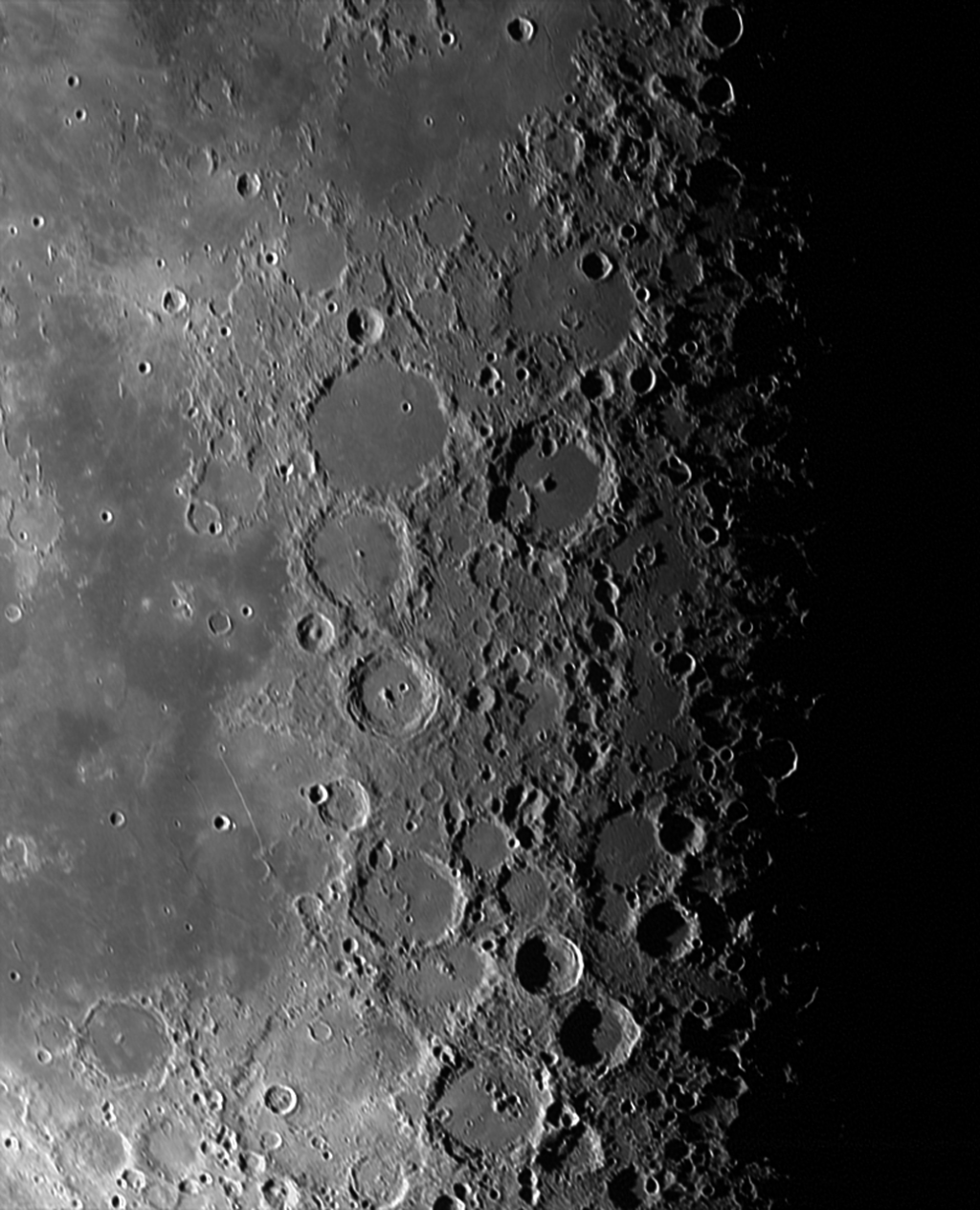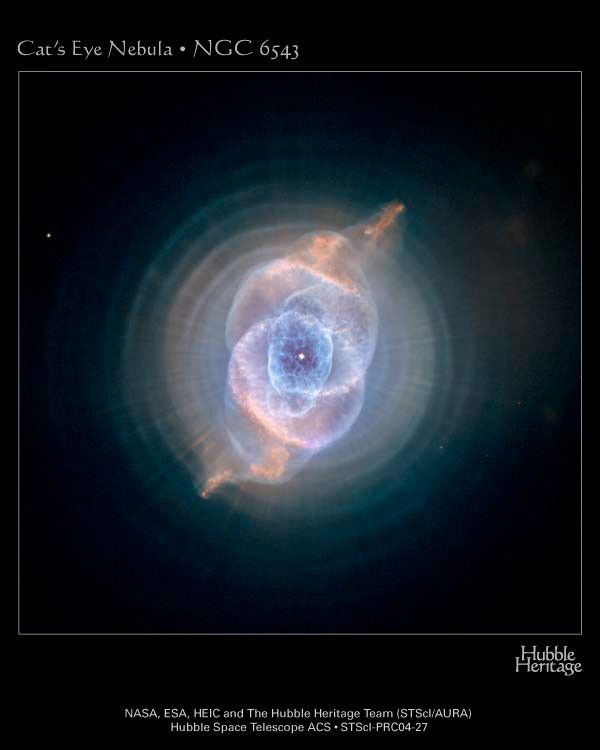1 min read
Out of This Whirl: the Whirlpool Galaxy (M51) and Companion Galaxy

The graceful, winding arms of the majestic spiral galaxy M51 (NGC 5194) appear like a grand spiral staircase sweeping through space. They are actually long lanes of stars and gas laced with dust.
This sharpest-ever image of the Whirlpool Galaxy, taken in January 2005 with the Advanced Camera for Surveys aboard NASA's Hubble Space Telescope, illustrates a spiral galaxy's grand design, from its curving spiral arms, where young stars reside, to its yellowish central core, a home of older stars. The galaxy is nicknamed the Whirlpool because of its swirling structure.
The Whirlpool's most striking feature is its two curving arms, a hallmark of so-called grand-design spiral galaxies. Many spiral galaxies possess numerous, loosely shaped arms which make their spiral structure less pronounced. These arms serve an important purpose in spiral galaxies. They are star-formation factories, compressing hydrogen gas and creating clusters of new stars. In the Whirlpool, the assembly line begins with the dark clouds of gas on the inner edge, then moves to bright pink star-forming regions, and ends with the brilliant blue star clusters along the outer edge.
Some astronomers believe that the Whirlpool's arms are so prominent because of the effects of a close encounter with NGC 5195, the small, yellowish galaxy at the outermost tip of one of the Whirlpool's arms. At first glance, the compact galaxy appears to be tugging on the arm. Hubble's clear view, however, shows that NGC 5195 is passing behind the Whirlpool. The small galaxy has been gliding past the Whirlpool for hundreds of millions of years.
As NGC 5195 drifts by, its gravitational muscle pumps up waves within the Whirlpool's pancake-shaped disk. The waves are like ripples in a pond generated when a rock is thrown in the water. When the waves pass through orbiting gas clouds within the disk, they squeeze the gaseous material along each arm's inner edge. The dark dusty material looks like gathering storm clouds. These dense clouds collapse, creating a wake of star birth, as seen in the bright pink star-forming regions. The largest stars eventually sweep away the dusty cocoons with a torrent of radiation, hurricane-like stellar winds, and shock waves from supernova blasts. Bright blue star clusters emerge from the mayhem, illuminating the Whirlpool's arms like city streetlights.
The Whirlpool is one of astronomy's galactic darlings. Located 31 million light-years away in the constellation Canes Venatici (the Hunting Dogs), the Whirlpool's beautiful face-on view and closeness to Earth allow astronomers to study a classic spiral galaxy's structure and star-forming processes.
About the Object
- R.A. PositionR.A. PositionRight ascension – analogous to longitude – is one component of an object's position.13h 29m 52.37s
- Dec. PositionDec. PositionDeclination – analogous to latitude – is one component of an object's position.47° 11' 40.8"
- ConstellationConstellationOne of 88 recognized regions of the celestial sphere in which the object appears.Canes Venatici
- DistanceDistanceThe physical distance from Earth to the astronomical object. Distances within our solar system are usually measured in Astronomical Units (AU). Distances between stars are usually measured in light-years. Interstellar distances can also be measured in parsecs.About 31 million light-years (9.6 Megaparsecs)
- DimensionsDimensionsThe physical size of the object or the apparent angle it subtends on the sky.9.6 arcminutes (87,000 light-years or 27,000 parsecs) wide
About the Data
- Data DescriptionData DescriptionProposal: A description of the observations, their scientific justification, and the links to the data available in the science archive.
Science Team: The astronomers who planned the observations and analyzed the data. "PI" refers to the Principal Investigator.This image was created from HST data from proposal 10452: S. Beckwith (STScI), R. Kennicutt Jr. (University of Arizona), and H. Bond, C. Christian, L. Frattare, F. Hamilton, Z. Levay, M. Mutchler, K. Noll, and T. Royle (The Hubble Heritage Team, STScI).
NOTE: High level science products (combined and mosaiced fits files for each filter) are available at: http://archive.stsci.edu/prepds/m51
- InstrumentInstrumentThe science instrument used to produce the data.HST>ACS/WFC
- Exposure DatesExposure DatesThe date(s) that the telescope made its observations and the total exposure time.January 18-22, 2005, Exposure Time: 9.0 hours
- FiltersFiltersThe camera filters that were used in the science observations.F435W (B), F555W (V), F658N (Halpha + [N II]), F814W (I)
- Object NameObject NameA name or catalog number that astronomers use to identify an astronomical object.Whirlpool Galaxy, M51, NGC 5194/5
- Object DescriptionObject DescriptionThe type of astronomical object.Face-on Spiral Galaxy with Companion
- Release DateApril 25, 2005
- Science ReleaseHubble Celebrates 15th Anniversary with Spectacular New Images
- Credit

Blue: F435W (B) Green: F555W (V) Red: F658N (Halpha + [N II]) + F814W (I)
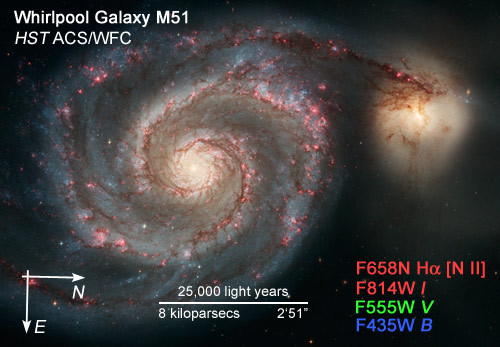
Related Images & Videos

The Eagle Has Risen: Stellar Spire in the Eagle Nebula
Appearing like a winged fairy-tale creature poised on a pedestal, this object is actually a billowing tower of cold gas and dust rising from a stellar nursery called the Eagle Nebula. The soaring tower is 9.5 light-years or about 57 trillion miles high, about twice the distance...
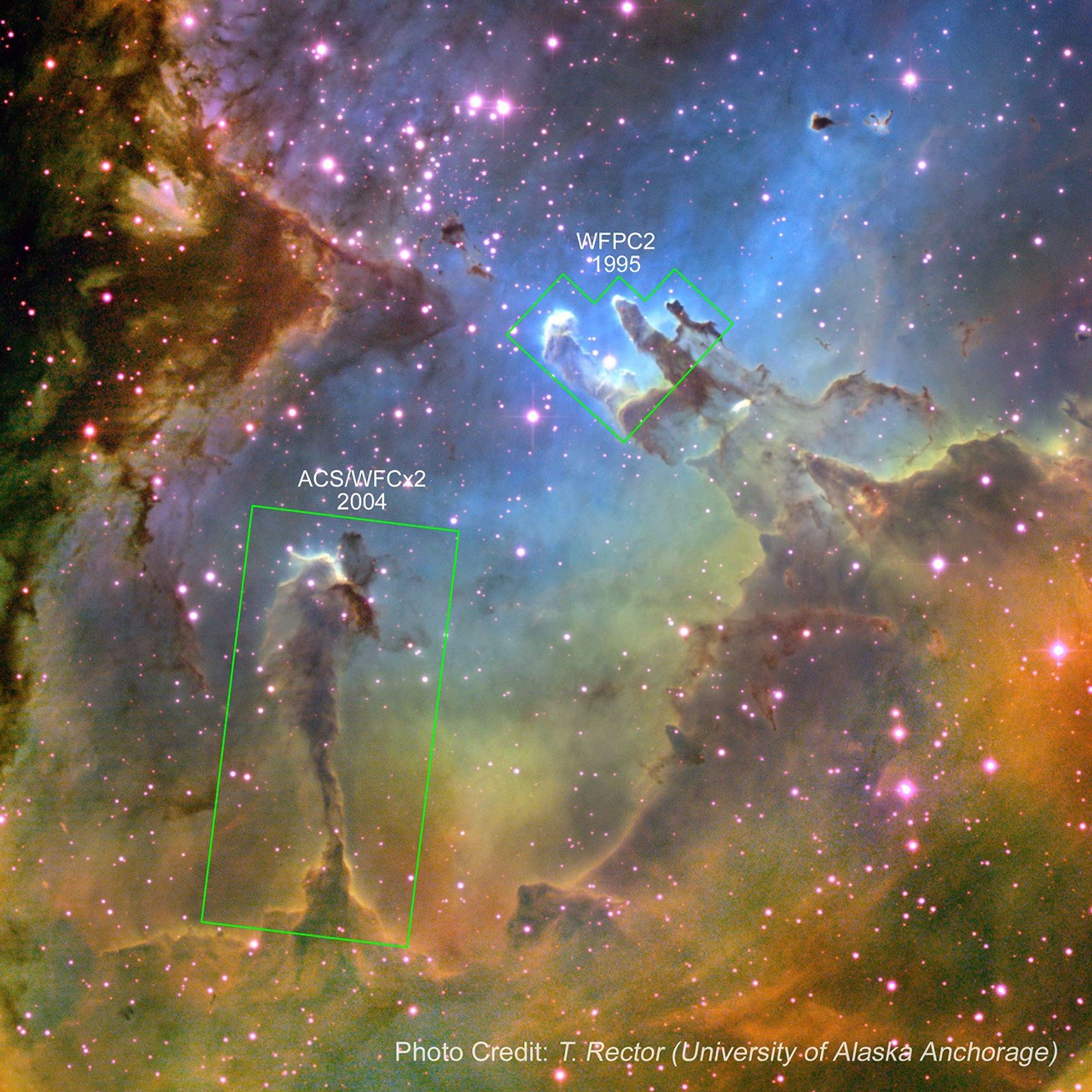
Location of HST images in the Eagle Nebula
This wide-field image of the Eagle Nebula was taken at the National Science Foundation's 0.9-meter telescope on Kitt Peak with the NOAO Mosaic CCD camera. It shows the areas seen in greater detail with Hubble's Wide-Field Planetary Camera 2 (WFPC2) in 1995 and Advanced Camera...
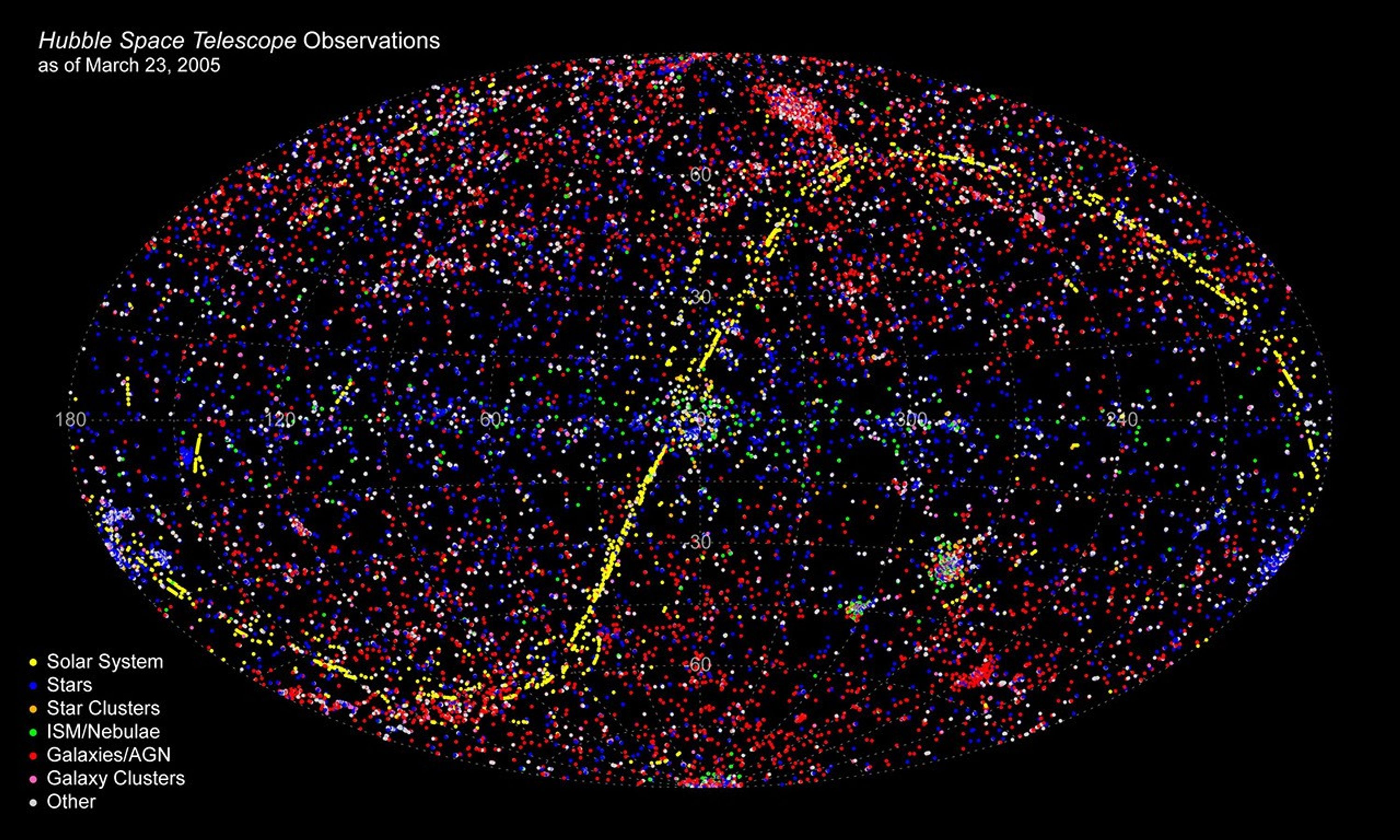
All-Sky Plot of All HST Observations as of Mar. 23, 2005
In its 15 years of viewing the sky, NASA's Hubble Space Telescope has taken more than 700,000 exposures and probed more than 22,000 celestial targets as represented by the different colored dots in this map of the sky. All data from April 1990 through March 2005 are represented...
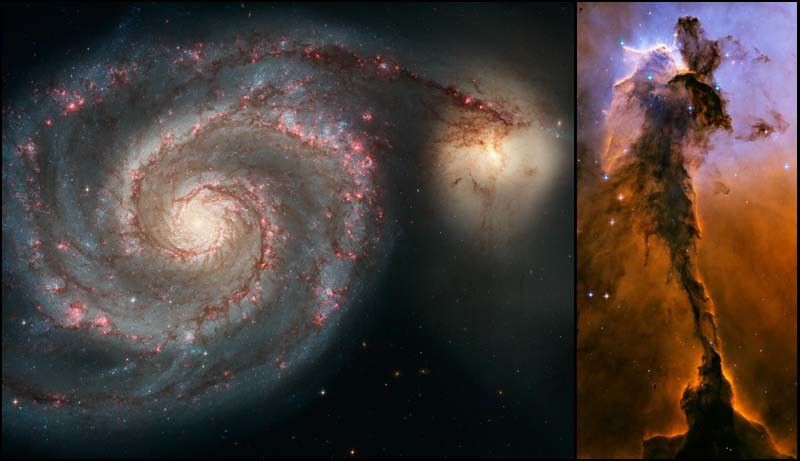
Hubble's 15th Anniversary Images of the Whirlpool Galaxy (M51) and Eagle Nebula
During the 15 years NASA's Hubble Space Telescope has orbited the Earth, it has taken more than 700,000 photos of the cosmos; images that have awed, astounded and even confounded astronomers and the public. NASA released new views today of two of the most well-known objects...
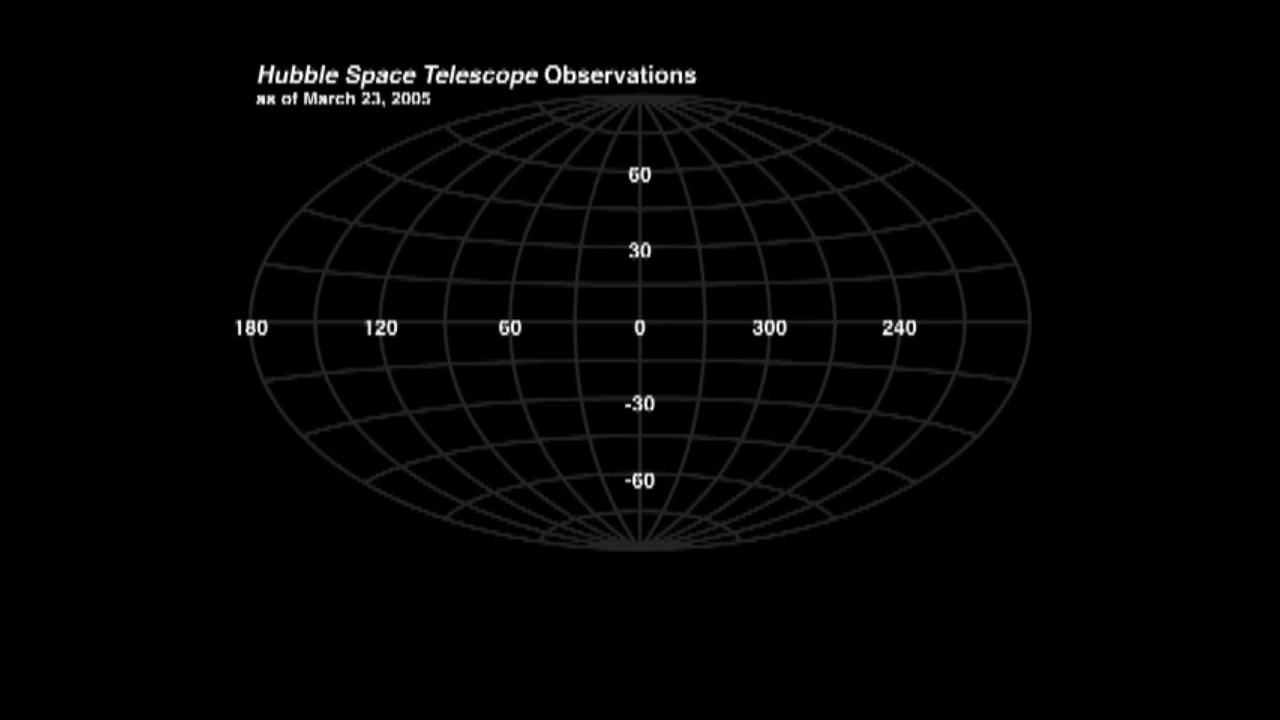
Hubble Observations Sky Map Animation
In its 15 years of viewing the sky, NASA's Hubble Space Telescope has taken more than 700,000 exposures and probed more than 22,000 celestial targets as represented by the different colored dots in this map of the sky. All data from April 1990 through March 2005 are represented...
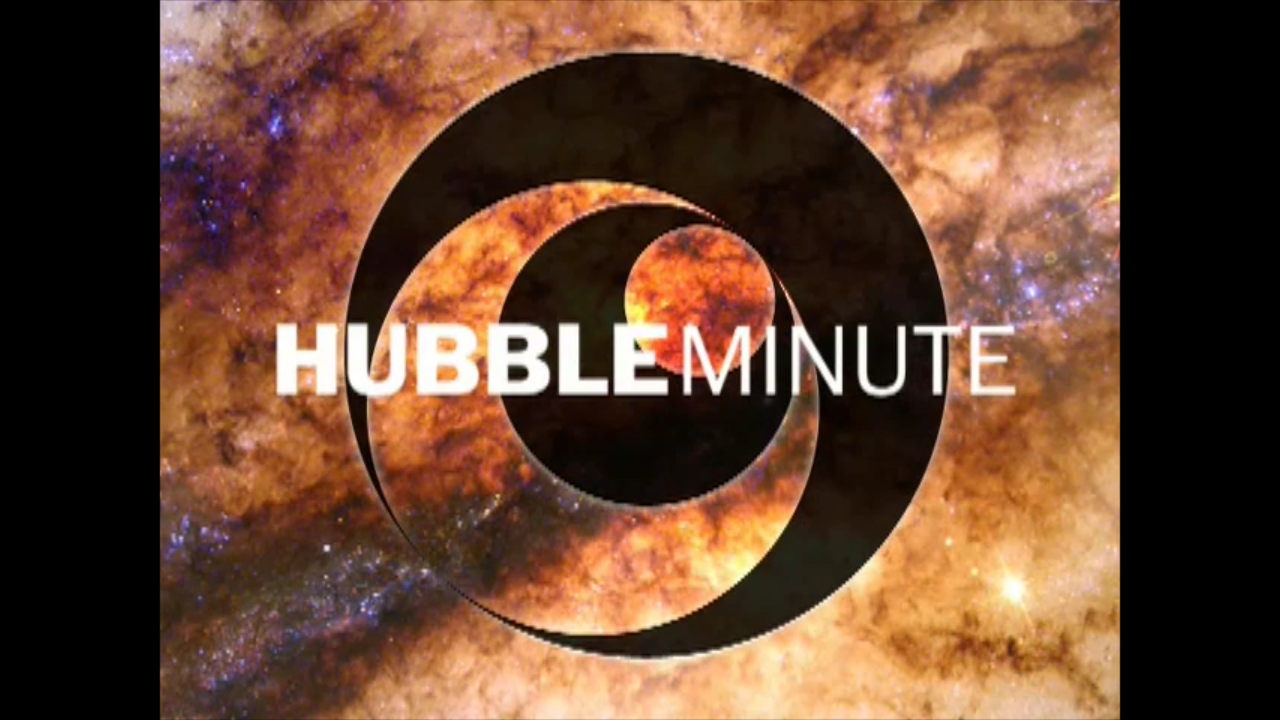
HubbleMinute: 15 Years of Science from Hubble Space Telescope
15th anniversary Hubble Minute on the top science discoveries of the Hubble Space Telescope. Images cover planets, comets, stars, galaxies and almost back to the beginning of time. The story leads up to Hubble's largest images ever revealed.

HubbleMinute: Amazing Space "Galileo to the Great Observatories: Telescopes from the Ground Up"
Amazing Space has launched a revolutionary new online program that covers the history, people and technology of telescopes from Galileo to the Great Observatories. The program is unique in its application of on-line tools to build skills for a knowledge base to understand the...
Share
Details
Claire Andreoli
NASA’s Goddard Space Flight Center
Greenbelt, Maryland
claire.andreoli@nasa.gov





